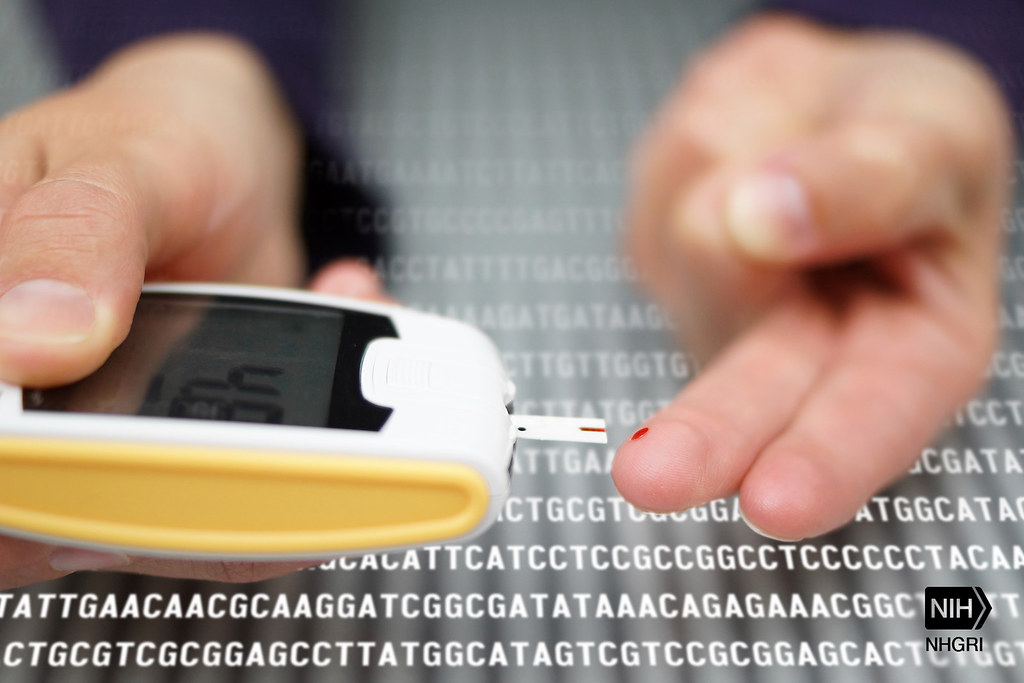Diabetes research spans centuries of scientific discovery, transforming our understanding of this complex metabolic condition. From ancient observations to modern molecular medicine, researchers have continuously advanced knowledge about diabetes diagnosis, treatment, and management. This progression has led to life-saving treatments and improved quality of life for millions of people worldwide.
Understanding Early Discoveries
Ancient civilizations first documented diabetes symptoms thousands of years ago. Egyptian physicians around 1500 BCE described a condition characterized by excessive urination and weight loss. Greek physician Aretaeus of Cappadocia coined the term “diabetes” in the first century CE, meaning “to pass through,” referring to the frequent urination observed in patients.
The 17th and 18th centuries brought more systematic approaches to studying diabetes. Thomas Willis added “mellitus” (meaning honey-like) to the name in 1674 after noting the sweet taste of diabetic urine. Matthew Dobson later identified sugar as the sweet substance in 1776, establishing the connection between diabetes and blood sugar levels.
French physiologist Claude Bernard made significant contributions in the 1850s by discovering glycogen storage in the liver and demonstrating that the liver produces glucose. His work laid the groundwork for understanding glucose metabolism and regulation. Around the same time, German pathologist Paul Langerhans identified clusters of cells in the pancreas, later named the islets of Langerhans, which would prove central to diabetes research.
Entering the Insulin Era
The early 20th century marked a revolutionary period in diabetes research. Frederick Banting, Charles Best, James Collip, and John Macleod conducted groundbreaking experiments at the University of Toronto between 1921-1922. Their work led to the first successful extraction and purification of insulin from animal pancreases.
The team’s initial experiments involved ligating pancreatic ducts in dogs, causing the pancreas to degenerate while preserving the islets of Langerhans. They extracted a substance from these islets that successfully lowered blood glucose levels in diabetic dogs. This substance, initially called “isletin,” became known as insulin.
The first human insulin treatment occurred in January 1922 when 14-year-old Leonard Thompson received an injection. While the initial preparation caused adverse reactions, a refined version administered later proved successful, dramatically improving Thompson’s condition. This breakthrough transformed diabetes from a fatal diagnosis to a manageable condition.
Exploring Modern Developments
The latter half of the 20th century brought a sophisticated understanding of the condition’s mechanisms and innovative treatment approaches. Researchers identified two primary types of diabetes. Type 1, characterized by autoimmune destruction of insulin-producing beta cells, while Type 2 involves insulin resistance and eventual beta cell dysfunction.
Genetic engineering revolutionized insulin production in the 1980s. Scientists inserted human insulin genes into bacteria, creating synthetic human insulin that eliminated allergic reactions associated with animal-derived insulin. This biotechnology breakthrough made insulin more widely available and improved treatment outcomes.
Blood glucose monitoring technology evolved from laboratory-based tests to portable devices. The first home glucose meter, developed in the 1980s, allowed patients to monitor their blood sugar levels independently. Continuous glucose monitoring systems emerged later, providing real-time glucose data and improving diabetes management precision.
Learn More About Diabetes
Diabetes research continues advancing through multiple approaches, including stem cell research, artificial pancreas development, and investigation of diabetes prevention strategies. Understanding the genetic components of diabetes has opened new research directions, while epidemiological studies have revealed lifestyle factors that influence diabetes risk. Modern research focuses on personalized medicine approaches, recognizing that this condition manifests differently across populations and individuals.
- Understanding Risks and Benefits of Epidural Injections
- The Role of a Podiatrist in Treating Neuropathy and Nerve Pain in the Feet
- Understanding the Link Between Gut Health and Pain Management
- The History of Diabetes Research: Milestones and Breakthroughs
- How Stress Contributes to Herniated Disc Pain

